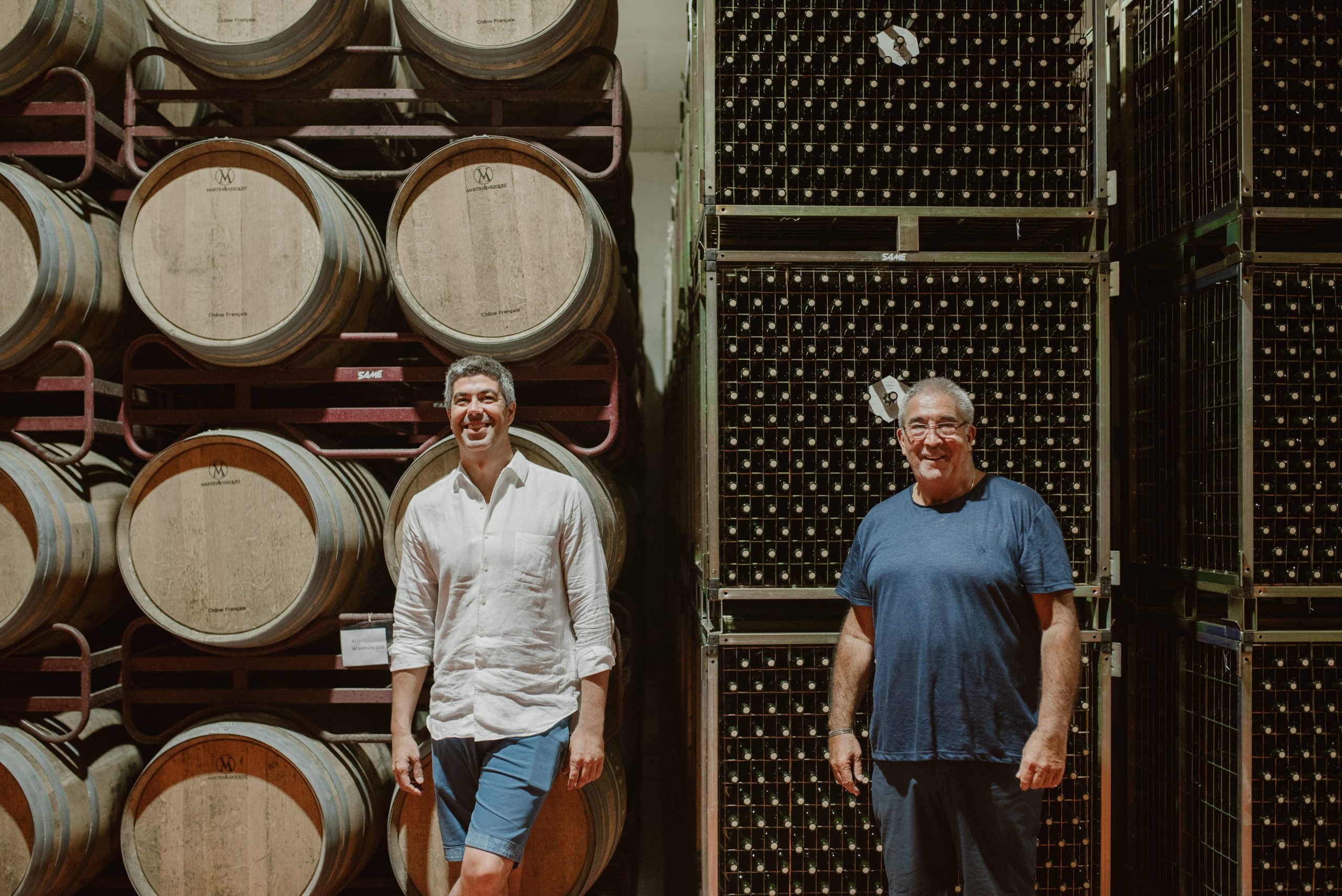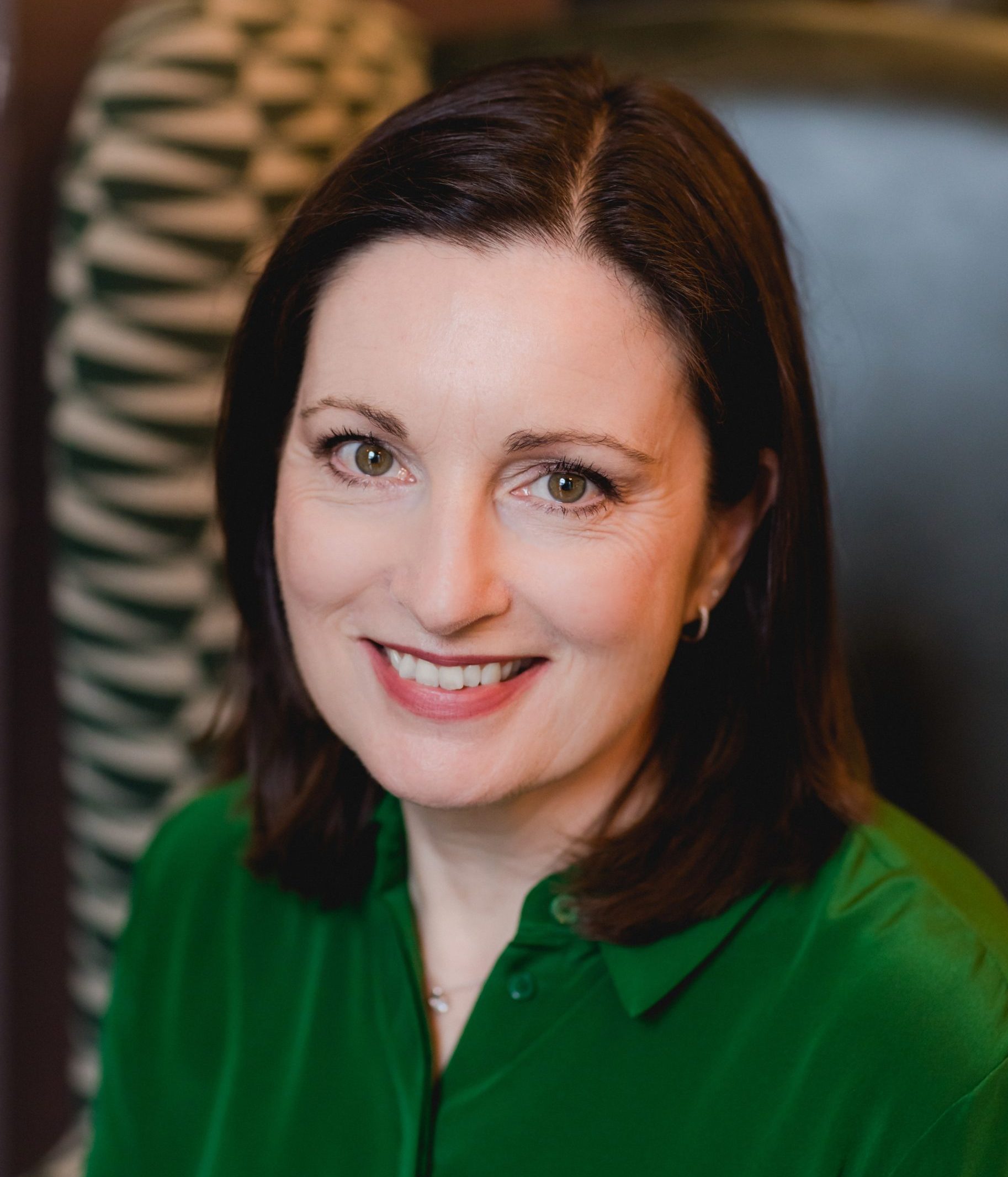Scotch secondary market is riddled with fakes
Fake whisky has permeated “every” major route to market and as much as a third of all rare Scotch in the global market, valued at £41 million, could be counterfeit a whisky consultancy service has warned.
The findings were revealed by Rare Whisky 101 who worked in partnership with Scottish Universities Environmental Research Centre (SUERC) to examine bottles of rare malts acquired through various channels.
The market for rare whisky, especially Scotch, is booming at the moment. The record for the most expensive bottle of Scotch (or indeed any other spirit or wine) ever sold has been broken four times this year, in every instance by whisky from the same bottling run of 1926 The Macallan, culminating with the one bottle from that series with a hand painted label being sold for £1m by Christie’s in London last month.
With whiskies attaining greater and greater results at auction and returns now deemed to be offering better returns that gold, RW101 teamed up with SUERC to sample and forensically analyse a random selection of whiskies in the marketplace.
The problem with fakes in the Scotch market is well known and something RW101 has been talking about for a while now. Back in 2016 the company found and removed some £1m worth of fakes from the market and warned it was “just the tip of the iceberg”.
Now, after nine months of testing a sense of just how big the problem might be is starting to emerge.
RW101 and SUERC tested 55 bottles in total and in the end 21 were confirmed as counterfeits. If out on the open market (preferably as genuine) they would be worth £635,000.
Worryingly, they included all of the whiskies purportedly from 1900 or earlier and included whiskies bought through the major channels of retail, auction and private purchase.
Extrapolating those results to the estimated size of the current secondary market for whisky makes for some alarming figures.
RW101 estimates that the current rare whisky market in the UK alone will exceed 100,000 bottles in circulation and these are predicted to be worth more than £36m by the end of the year.
But if RW101’s findings are scaled up to the global scale, then as much as a third of all Scotch in the market and private collections worldwide could be fake, and the value of those fakes would be £41m.
The whisky market may be mushrooming but counterfeits are the canker that, once a fear of them takes hold (and given the amount of money whiskies are changing hands for that won’t be long) can destroy the market by destroying that most vital of all things – trust.
Commenting on the findings, co-founder of Rare Whisky 101 David Robertson said: “We are clearly disappointed to discover that, without exception, every single ‘antique’ pre-1900 distilled whisky RW101 have had analysed over the last two years has proven to be fake.
It is our genuine belief that every purported pre-1900 – and in many cases much later – bottle should be assumed fake until proven genuine, certainly if the bottle claims to be a single malt Scotch whisky. This problem will only grow as prices for rare bottles continue to increase”.
Partner Content
Fellow co-founder Andy Simpson added: “As we have always stated, each buyer must seek to assure themselves of the authenticity and veracity of any potential acquisition. The exploding demand for rare whisky is inevitably attracting rogue elements to the sector.
While we know that the vast majority of rare whisky vendors aren’t knowingly selling fake whisky to unsuspecting buyers, we would implore auction houses, retailers, brand owners and buyers to refrain from selling or purchasing any pre-1900 distilled Scotch whisky unless it has a professional certificate of distillation year/vintage by a carbon dating laboratory.”
Professor Gordon Cook, head of the SUERC Radiocarbon Laboratory said: “We have had significant help from the major distillers who provided whisky samples of known age that allowed us to start this work. However, it has been our collaboration with Rare Whisky 101 and their provision of really old and rare whiskies that has allowed us to really push this work forward to what we consider to be the Gold Standard technique for identifying the age of a whisky.
“It is disappointing to see the large percentage of vintage whiskies that turn out to be fake. However, we have developed a very powerful technique to beat the fraudsters and I’d advise anyone thinking about selling what they consider to be an early product to have it analysed. Recently, we have analysed four bottles of early whisky (including a rye whisky from the US), purported to have been distilled between the mid-19th to the early 20th century, for members of the general public. Of these, three were genuine, so there are really old and rare whiskies in existence.”
A quick guide to how Radiocarbon dating works can be found on the following page.
The process through which these whiskies have been dated is based on the evolving science of identifying levels of radiocarbon (or C-14) within the liquid.
Radiocarbon is produced continuously in the upper atmosphere at a virtually constant rate so that everything, while alive, has approximately the same level of radiocarbon. During the industrial age, high levels of fossil fuel burning released large volumes of non-radioactive carbon which diluted radiocarbon levels.
However, everything changed in the 1950s with the onset of the Cold War and the commencement of atmospheric nuclear weapons tests, leading to an increase in atmospheric radiocarbon levels which, in turn, were absorbed by all living organisms.
These levels continued to increase until 1963, when the test-ban treaty ensured that radiocarbon levels would steadily decline over the ensuing decades.
So, what has all this got to do with fake whisky? Put simply, minute levels of radiocarbon were absorbed by the barley as it grew, providing each whisky with its own radioactive date signature.
This means that the scientists at SUERC are able to establish that any whisky with low radiocarbon levels must have been distilled prior to the nuclear era and any whisky with higher levels of radiocarbon must have been distilled after 1955. Such is the accuracy of the process that SUERC are able to pinpoint likely distillation years to within a two to three year period post the 1950s. For samples pre-dating the 1950s, the technique provides a wider vintage band.




